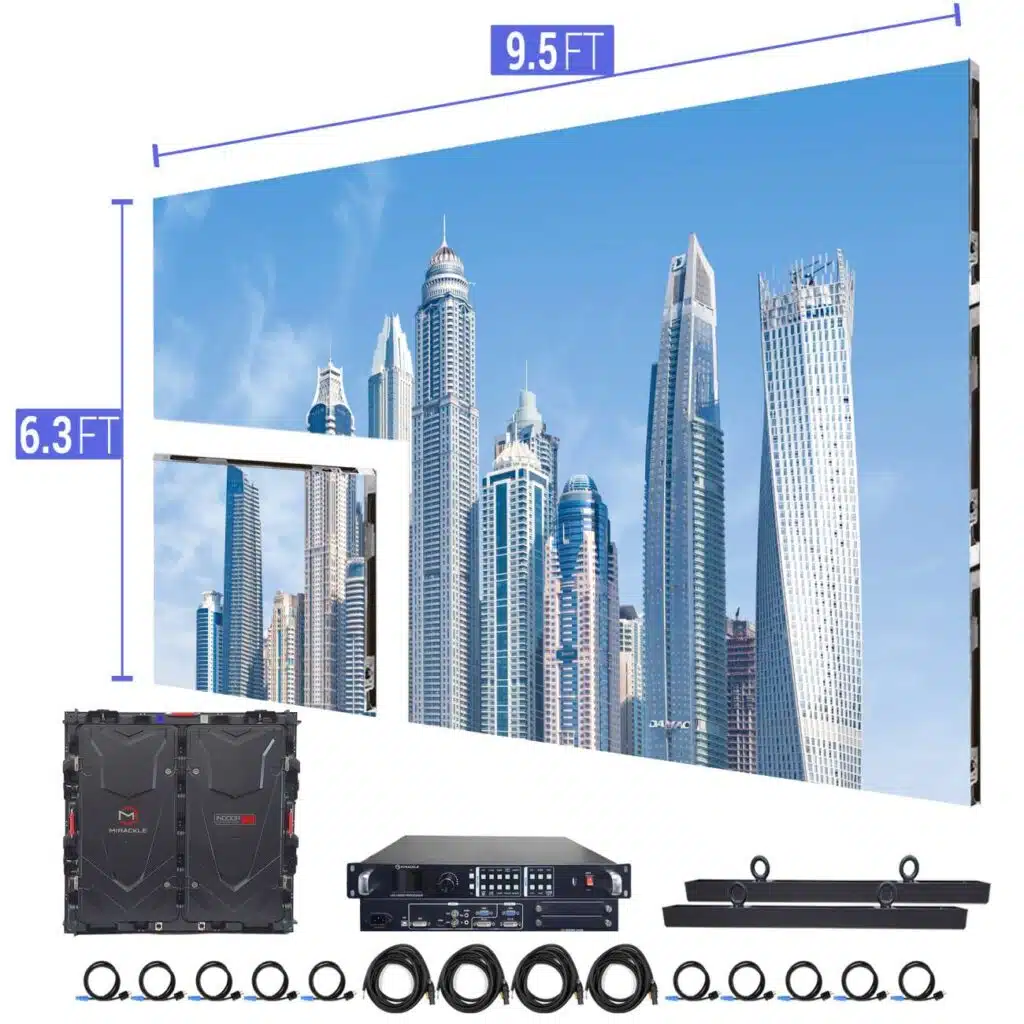Enhancing Visual Engagement Through the Effect of Luminance Contrast Proportions on Screen Clarity in Imaging Technology
Within today's landscape, display technology plays a vital role in how we interact with digital media. Starting with televisions to desktop monitors, the fidelity of visuals can greatly impact our enjoyment and interpretation of the material. One important aspect that influences image clarity is the contrast ratio. The black-to-white ratio quantifies the difference between the deepest black and brightest areas of an image. A higher contrast ratio indicates that visuals can reveal more detail in both dark areas and highlights, making them appear more dynamic and lifelike.To get a grasp on contrast ratios more effectively, it is helpful to know how they are measured. The ratio is typically represented as two figures, such as 1000:1. This means that the lightest white is 1,000 times more luminous than the deepest black. Screens with elevated contrast ratios provide deeper blacks and brighter whites, which enhances the overall visual experience. When watching a movie or engaging with a video game, for example, these differences can produce a more immersive environment. Viewers can observe elements that may be unnoticeable in screens with lower contrast ratios.
Different types of display technologies, such as liquid crystal display, light-emitting diode, and organic LED, have varying contrast ratios. OLED displays are recognized for their superior contrast because they can deactivate individual pixels entirely, producing true black levels. On the other hand, traditional liquid crystal displays may fail to reach similar levels of darkness due to their illumination methods. It is essential for buyers to evaluate these variations when choosing a display for their needs. Understanding how each technology manages contrast can greatly influence satisfaction with the product.
Moreover, the importance of contrast ratio goes beyond recreational use; it also affects efficiency in work environments. For tasks demanding precise visual analysis, such as visual design or image editing, having a display with a high contrast ratio allows for greater precision and clarity. This means creatives can see subtle details in their artwork or photographs without strain. In learning settings, students benefit from high-quality displays that make learning materials more engaging and easier to comprehend.

In over at this website conclusion, improving visual experience through grasping contrast ratios is vital for anyone using display technology. A higher contrast ratio leads to better image quality by providing richer colors and more clarity in images. As technology advances, users should stay aware about these factors to visit this website make decisions that align with their needs and requirements. Be it for leisure or productivity, being informed about contrast ratios helps satisfaction and effectiveness in using screen technology.